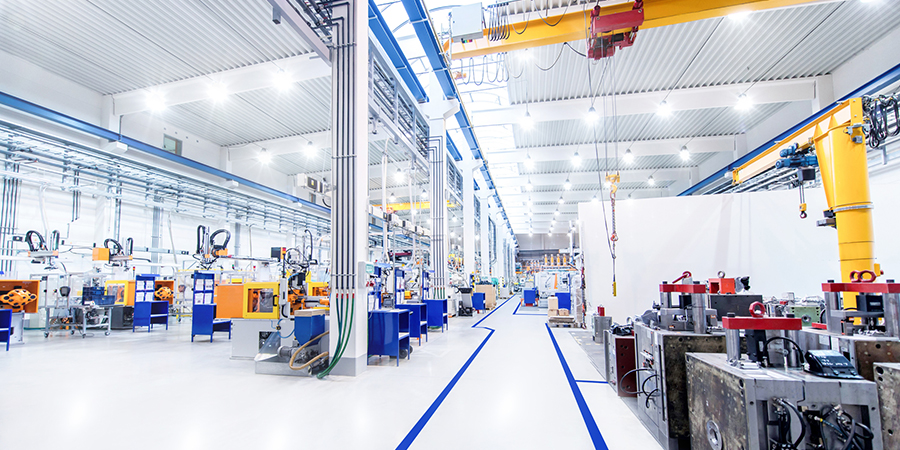by Sunny Basi, Portfolio Manager, Trimark Investments, Invesco Canada
There was a time when asset managers could largely be agnostic to technology. The common justifications were that the space was too esoteric, dynamic and generally difficult to understand. While there is some truth behind these sentiments, the increasing pervasiveness of technology into our lives and into the business models of most enterprises means that avoiding technology has shifted from abscondment to perilousness.
The pace of technological innovation has been increasing exponentially due mostly to computing power doubling every ~18 months for the last 50 years or so, with the price of that power simultaneously becoming exponentially cheaper.
As consumers, we may have experienced online shopping, streaming shows or events we previously watched on TV, automated driving features in cars, electric vehicles, using the cloud to access software or content virtual home assistants, and self-ordering at restaurants and self-checkout lanes at retailers. Some of these very things, which have added convenience to our lives, have caused material disruption to the business models of long-time incumbents.
Ultimately, the magnitude of impact and disruption caused by artificial intelligence (AI) maybe the greatest. AI allows computers to make decisions through algorithms and the increasing availability of digital data and computing power. AI can be used to “think” or perform physical tasks when paired with hardware. Today, AI is today responsible for ~75% of what people watch on Netflix and ~33% of what people buy on Amazon.
More advanced but lesser known AI applications today include predicting diseases, making medical decisions and recognizing things at different levels of abstraction, such as the feel and sound of wind or the look and feel of fur on an animal. The Holy Grail is artificial general intelligence (AGI) where computers can perform any human task without explicitly being programmed to do so. The increasing emphasis placed on AI is also apparent from accelerating investment: in 2015 there was ~$1 billion of M&A related to AI versus ~$3.5 billion in 2016 and ~$21 billion in 2017. The implications of such technology are substantial and far-reaching. Everything from mining to insurance has been affected by some form of AI and based on what is being developed, the gravity and effect of incremental technology should only increase.
As investors, it is critical to stay abreast of increasing technological innovation and use this as a reasonable basis to extrapolate its future impact on investment decisions.
First, the risk posed by new technology to the business models of existing holdings must be continuously assessed. Even holdings that are deemed to have a sustainable competitive advantage can see their moats eroded by technological innovation.
Second, increasing technological innovation can present opportunity not only for the purveyors of technology, but those enterprises that are deemed to be beneficially impacted.
It’s important to be clear that our investment decisions are not driven by a particular view of the future. Instead investors need to stay up to speed with established technological innovation to assess unforeseen risks to existing holdings. Doing so may also identify new opportunities not recognized by the market. The days when investors could largely ignore the technology sector altogether are over.
This post was originally published at Invesco Canada Blog
Copyright © Invesco Canada Blog















